Winthrop
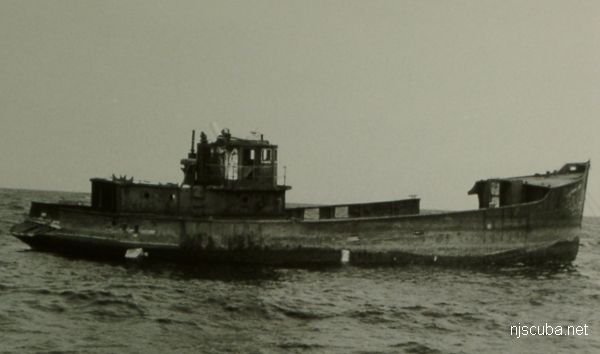
- Type:
- artificial reef, trawler, USA
- Built:
- 1948, Bath Iron Works, Maine, USA
- Specs:
- ( 117 x 24 ft ) 195 gross tons
- Sponsor:
- Eirek's Dock, Fish America Foundation
- Sunk:
- Wednesday July 12, 1989 - Cape May Artificial Reef
- GPS:
- 38°50.825' -74°43.312'
- Depth:
- 60 ft
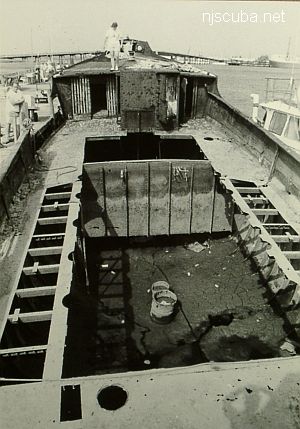
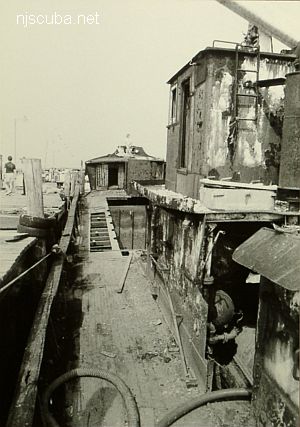
The Winthrop sank at its dock in Cape May and remained there for 5 years before being raised and re-sunk as a reef.
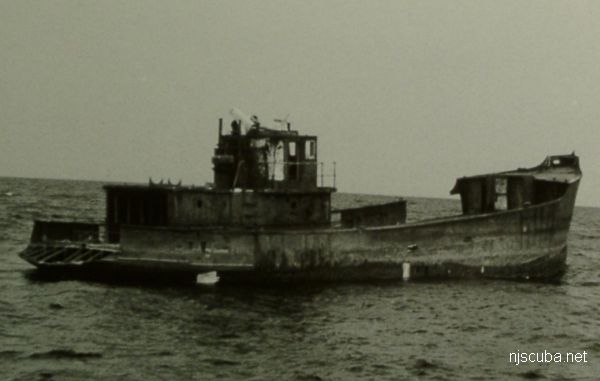
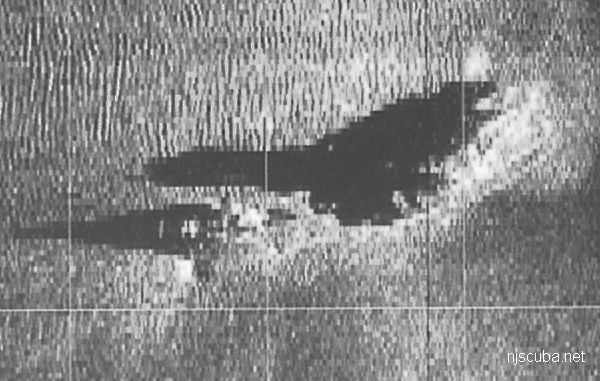
Winthrop was one of twenty sisters built at Bath Iron Works. They were given to the French government under the Marshal Plan to make up for losses to the fishing fleet in World War II. Winthrop is sister to Laita, cousin to Bad Bob's Big Boat.
I have been unable to determine which of the original sisters ended up as the Winthrop:
- Charles Massot - 1948
- Gris Brumaire - 1948
- Jean-Pierre Robert - 1948
- Lucien Marie - 1948
- Lucien Gougy - 1948
- Marcel-Peyronnie - 1948
- Jean-Marthe - 1948
- Massabielle - 1948
- Kerolay - 1948
- Steyr - 1948
- St. Pierre Eglise - 1948
- Edouard Goughy - 1948
- Men Gwen - 1948
- Laita - 1948
- Pierre Descelliers - 1948
- Armand Crespin - 1948
- Ker-Ysa - 1949
- Saint Joachim - 1949
- Doux Frimaire - 1949
- Patron Roger Dupuy - 1949
At least I know which one it isn't.
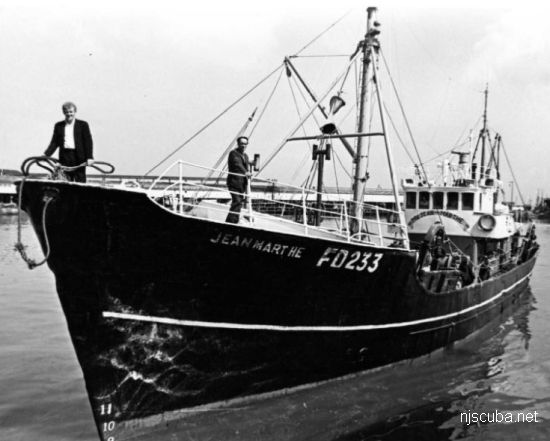

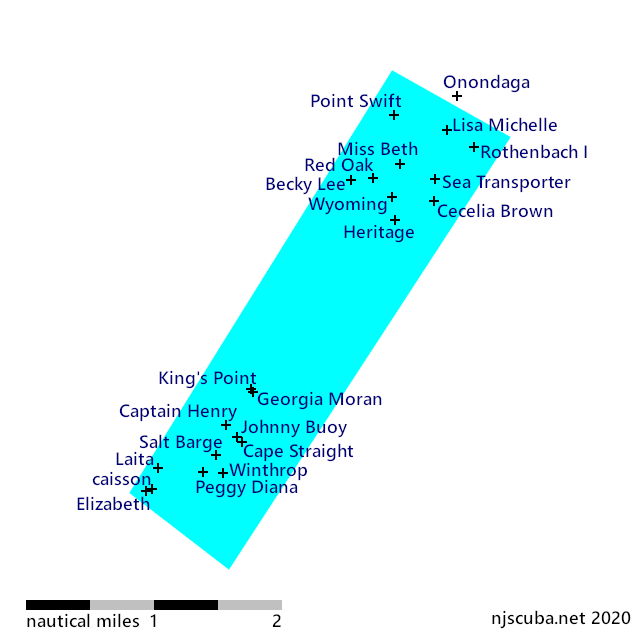
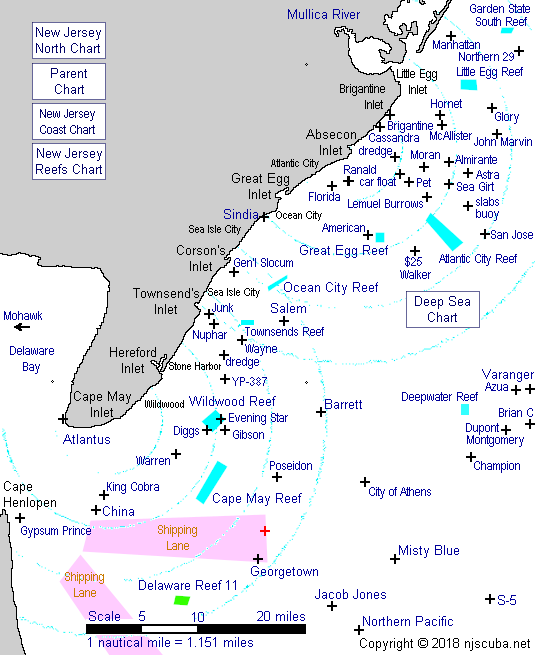
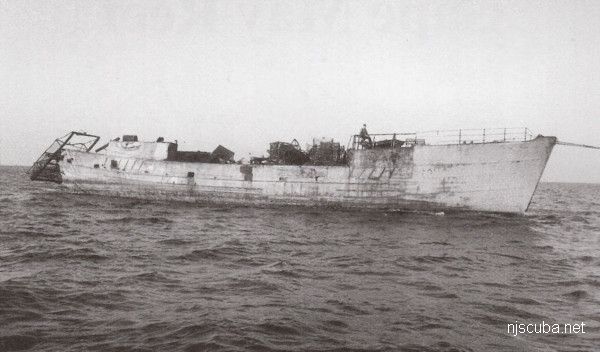
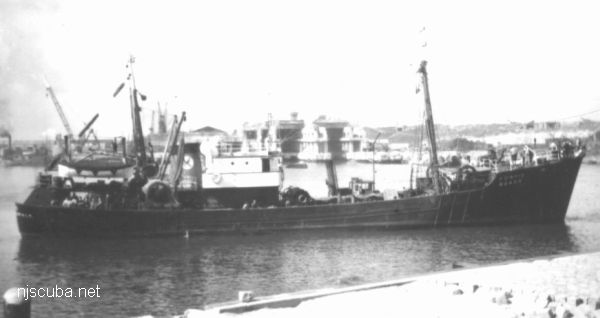
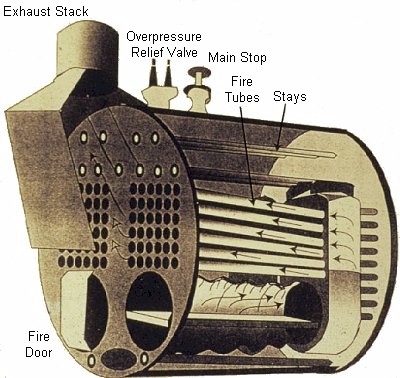
Questions or Inquiries?
Just want to say Hello? Sign the .